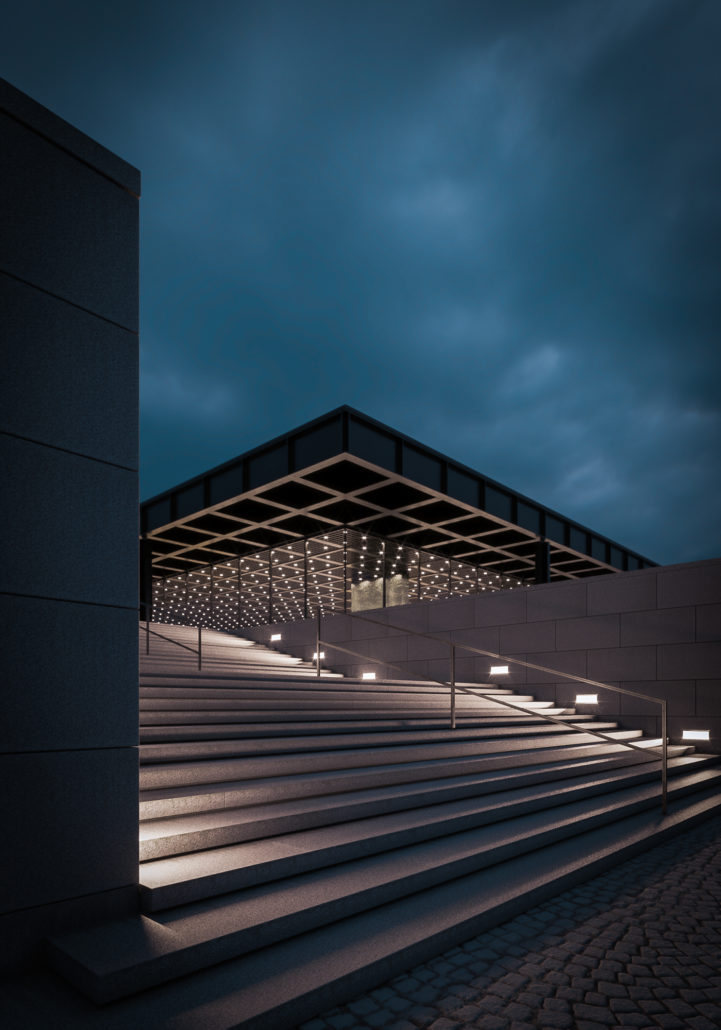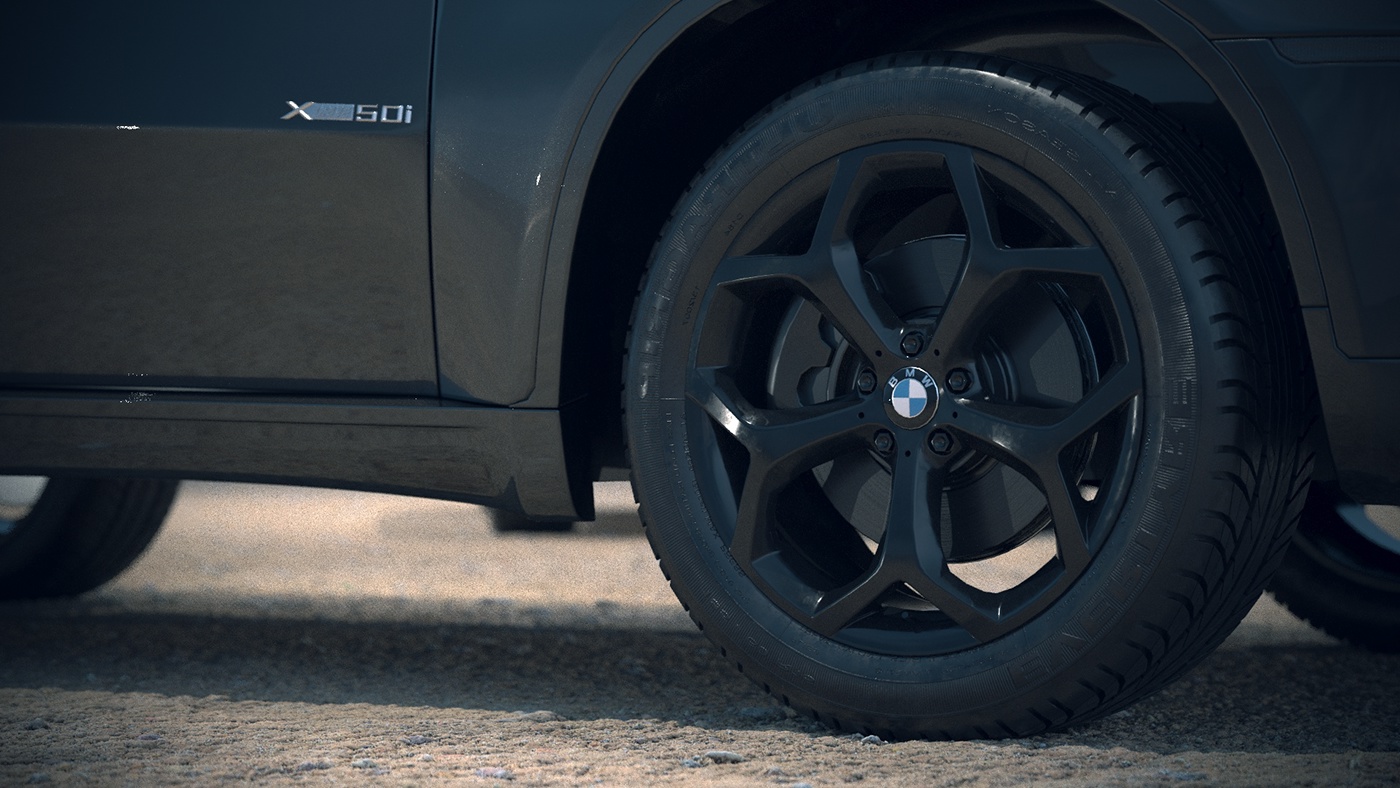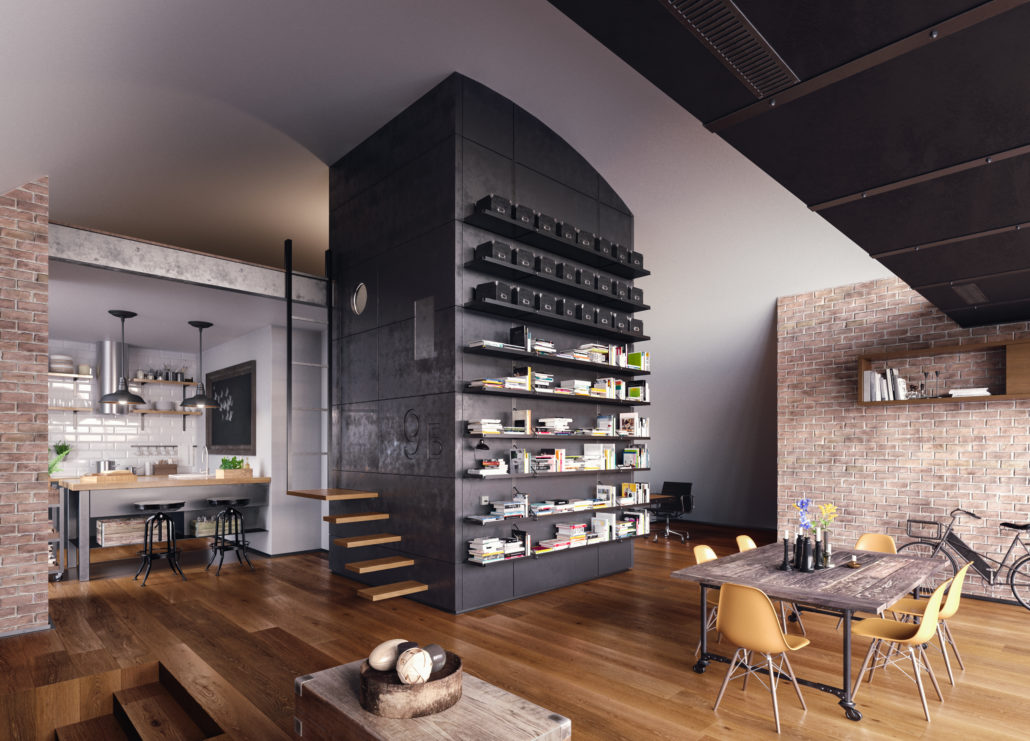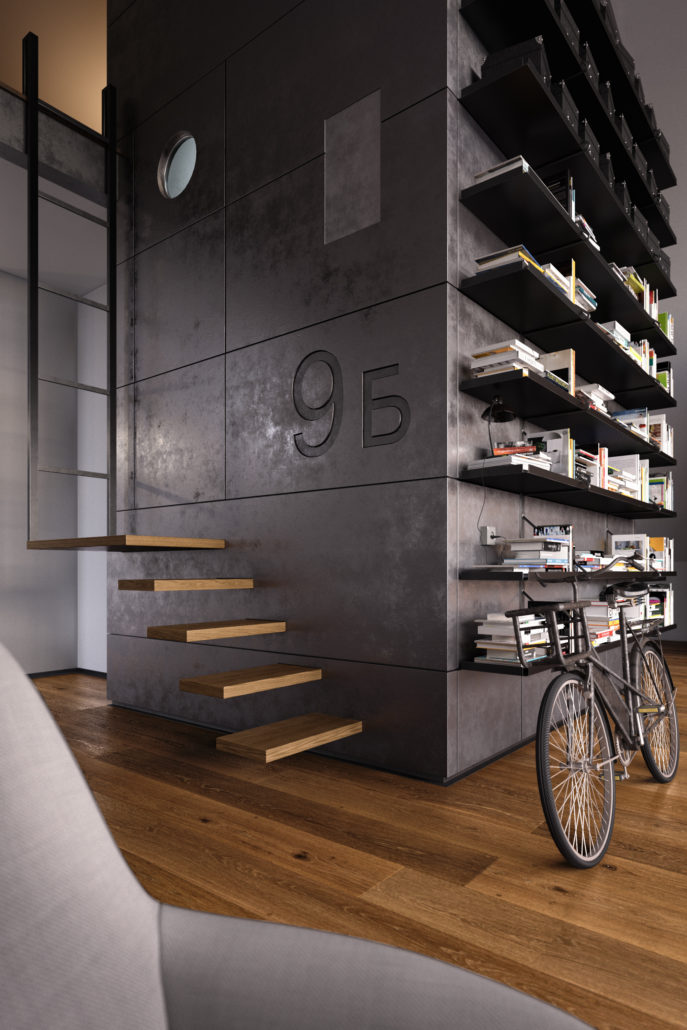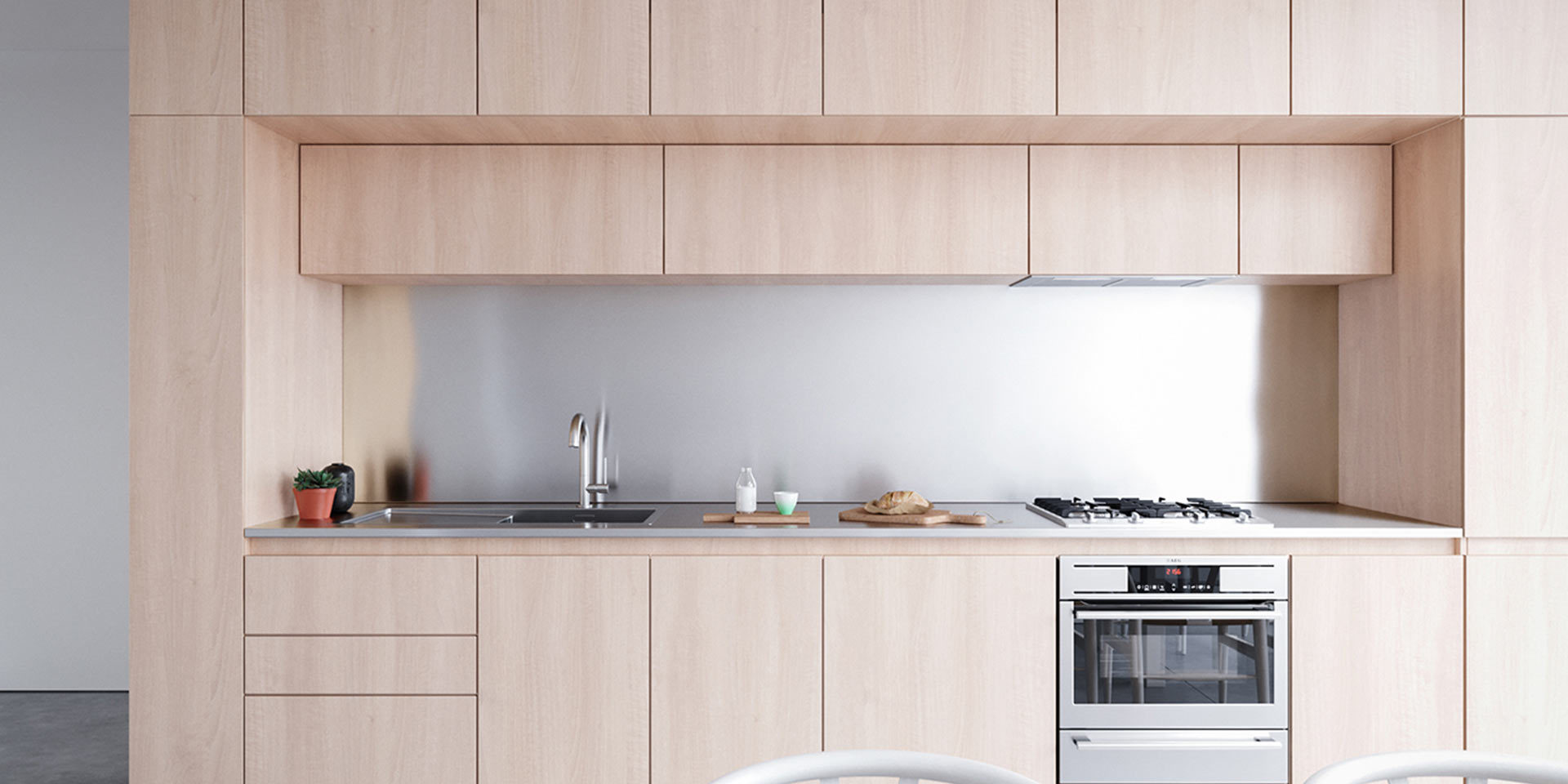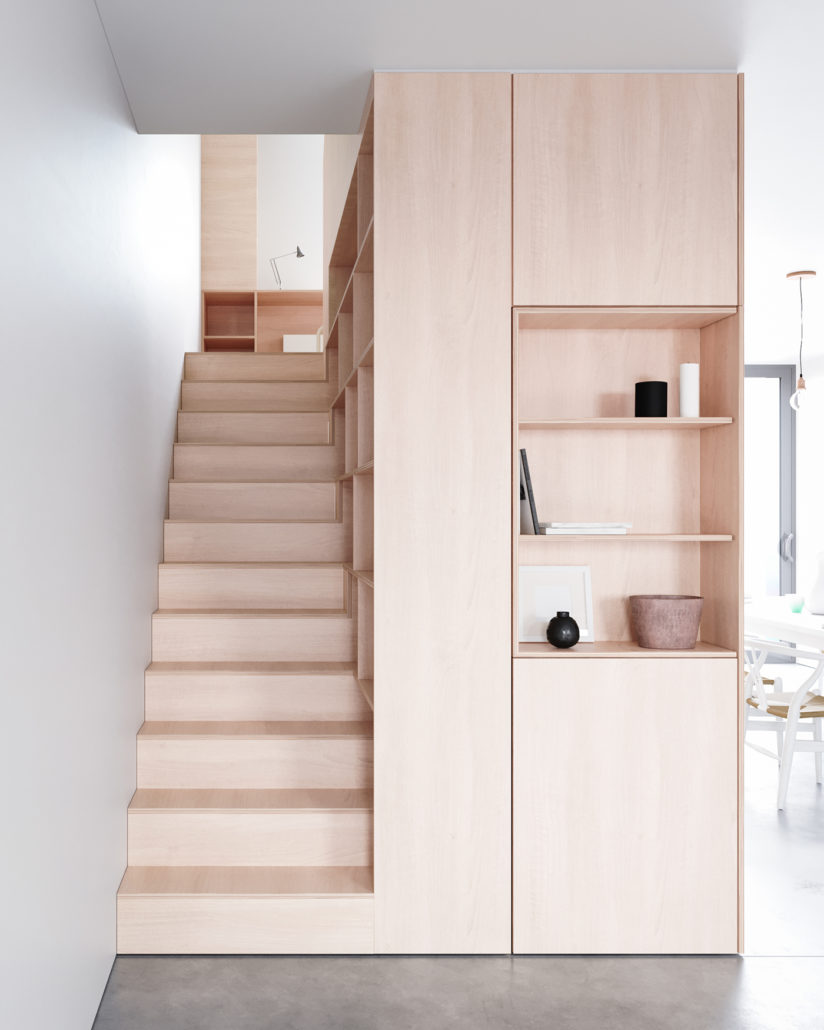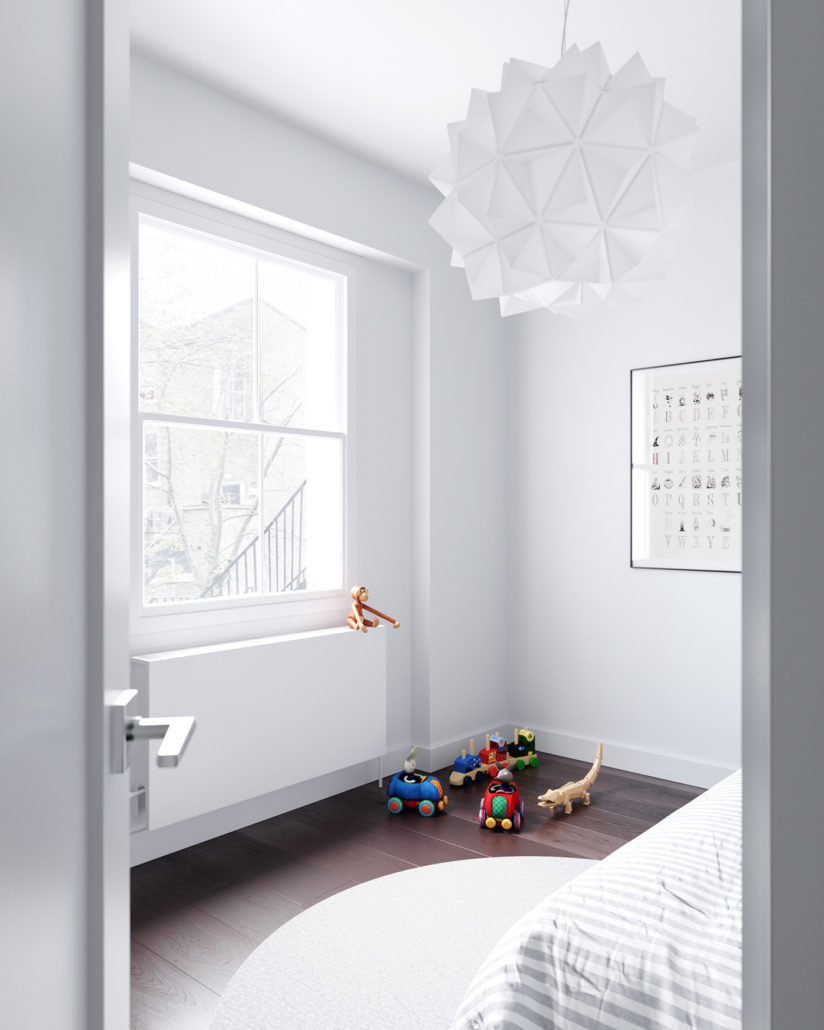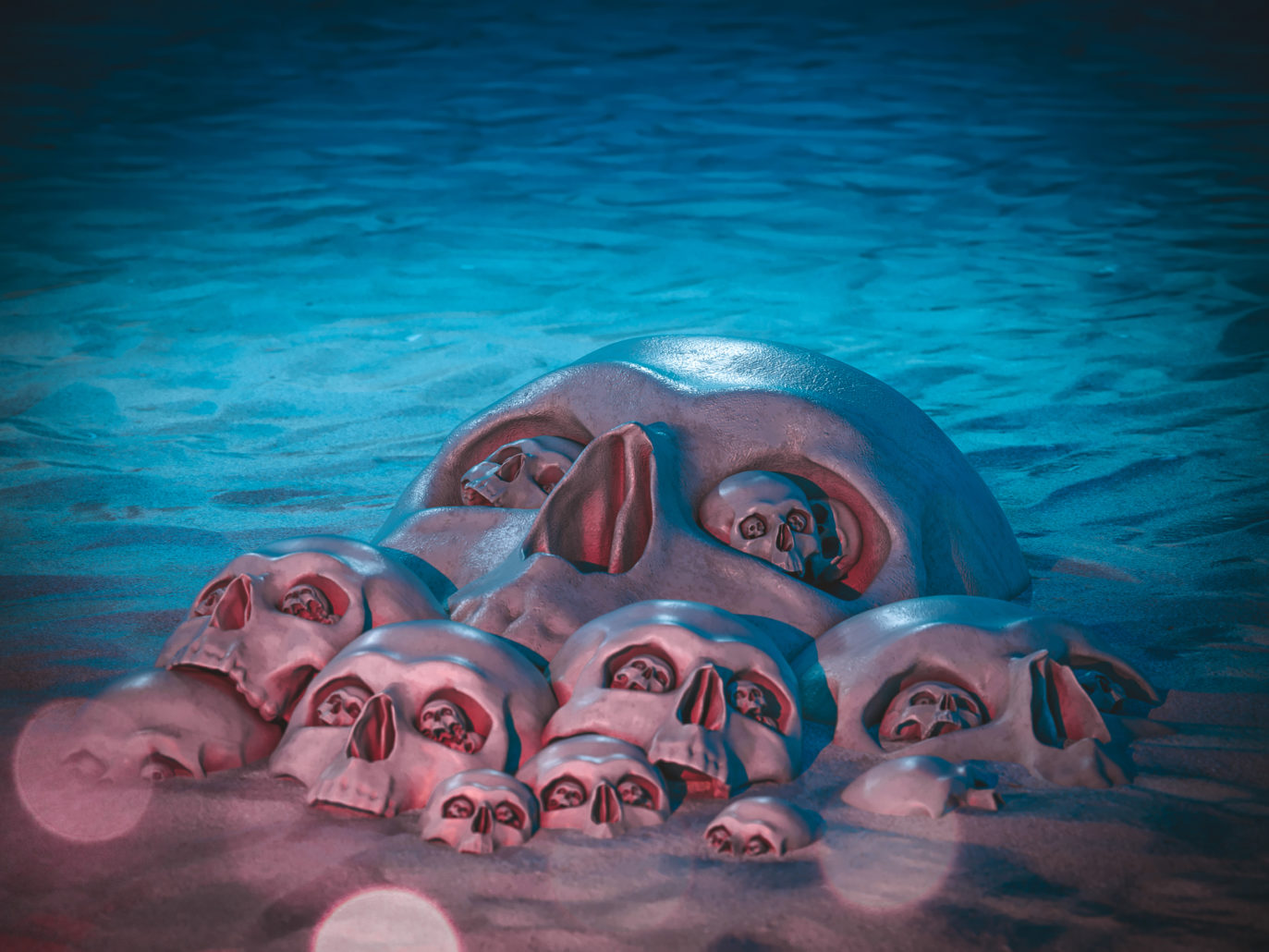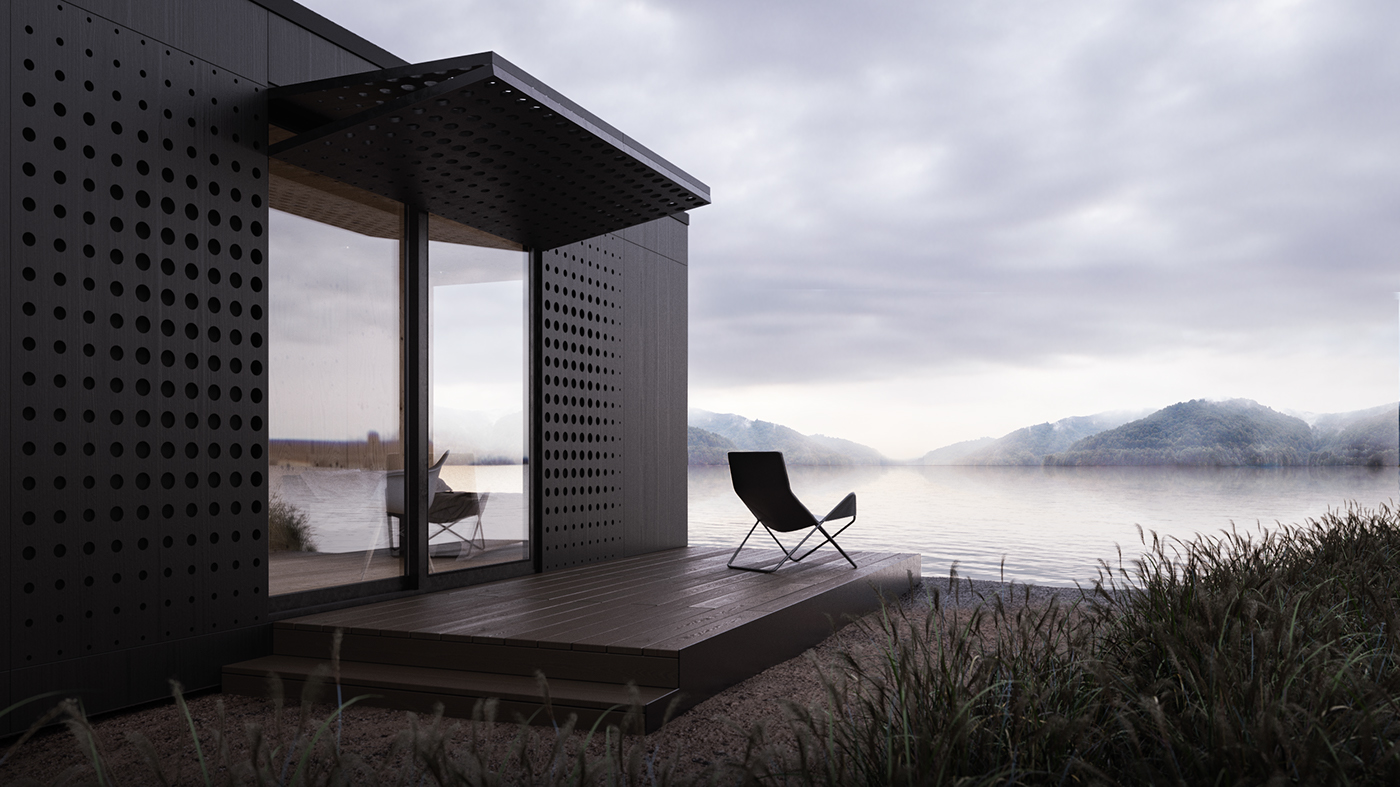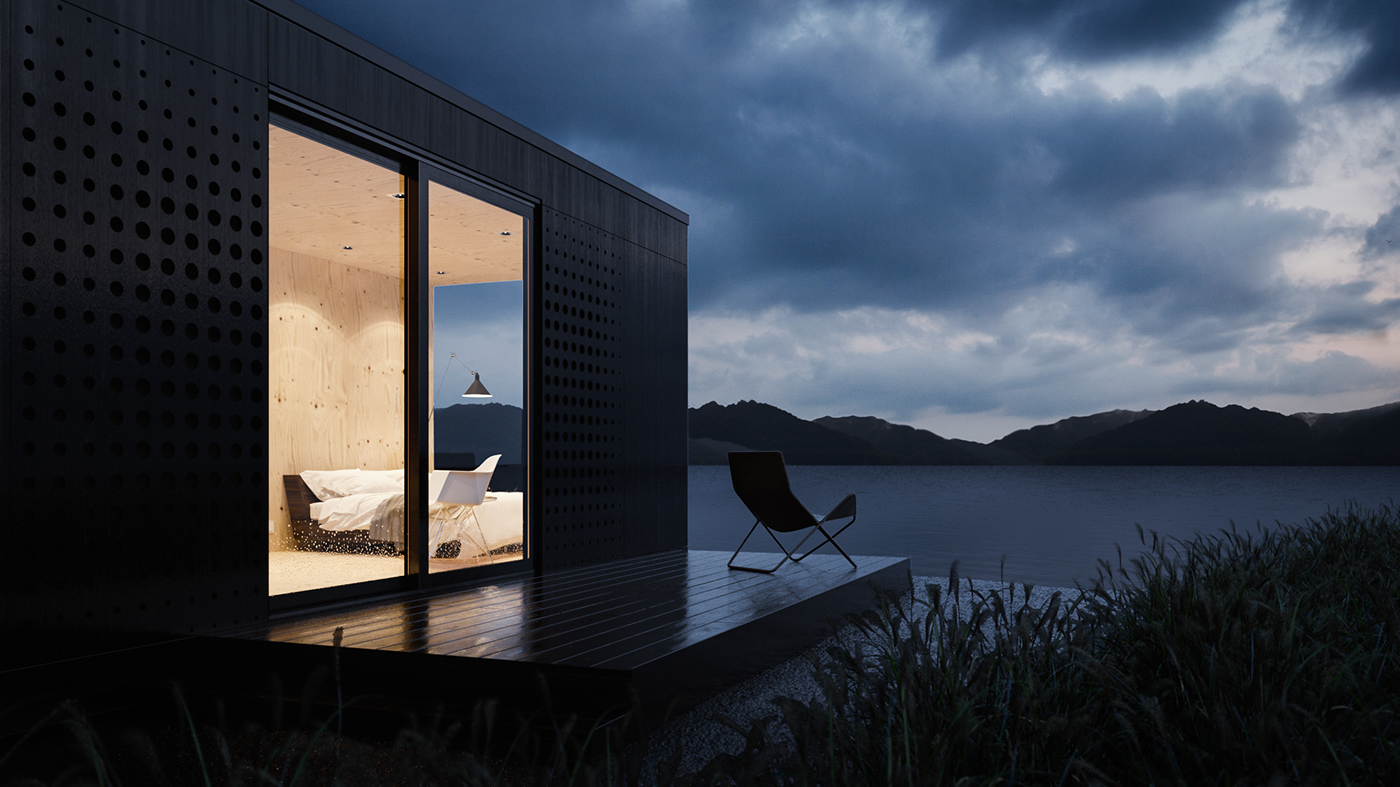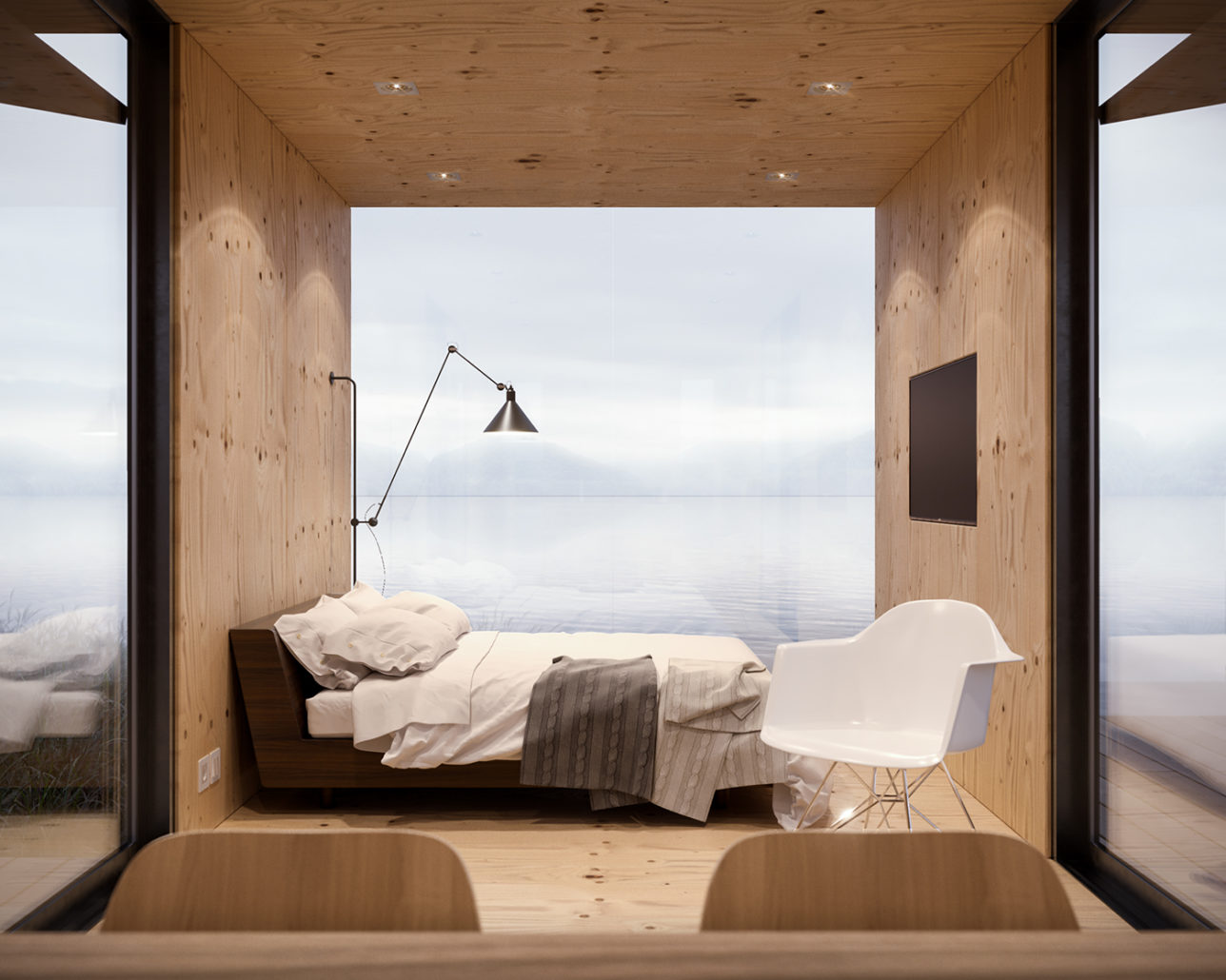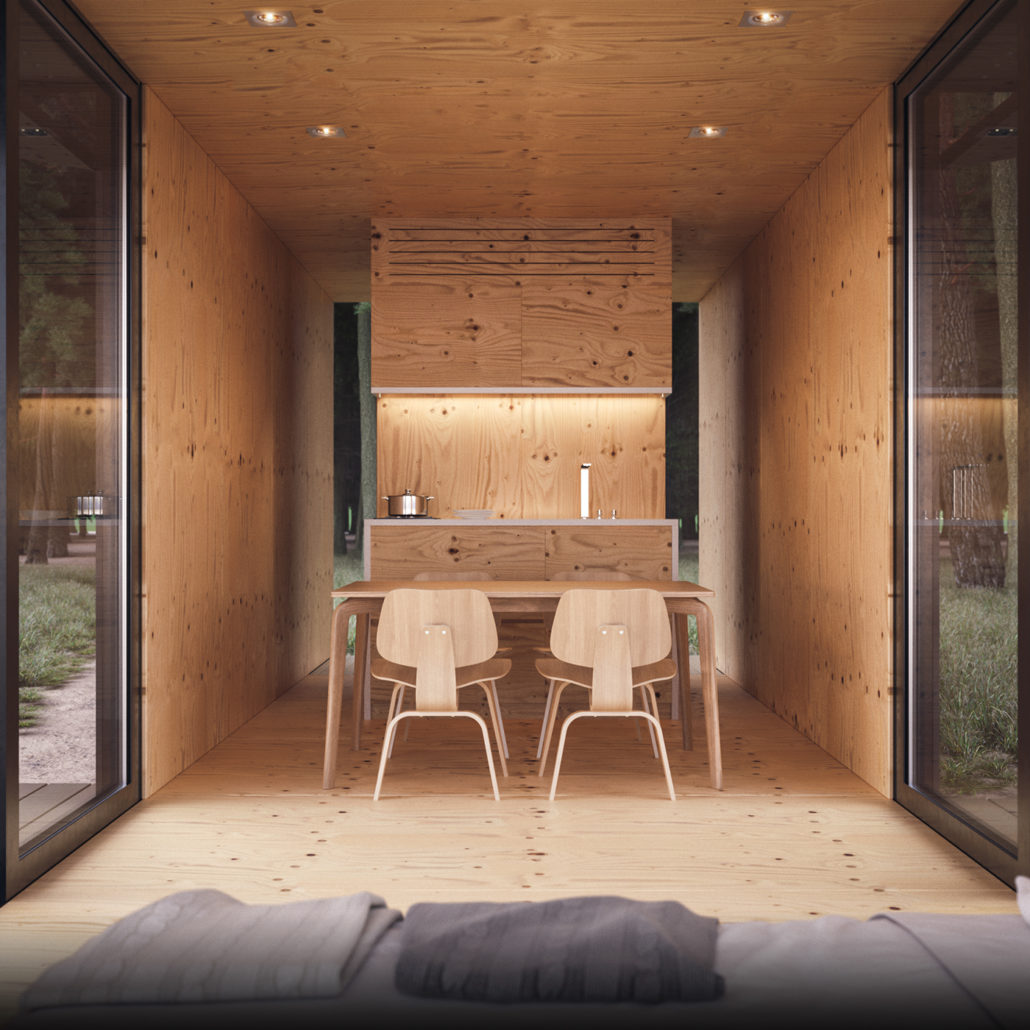We’re glad to introduce the interview with Phil Ryan, a SOA student from the Masterclass#25.
Could you present yourself to our readers and tell them the position you currently hold?
Hi everyone! My name’s Phil Ryan. I’m a 29 year old artist from Cork, Ireland. I attended University College Cork where I received my Bachelors Degree in Architecture. After college, a group of friends and I decided it would be fun to have one big adventure together before coming back to pursue our Masters Degrees, so we left at 23 to spend a summer in Toronto, Canada.
After working in a call center, I saw an arch viz studio advertising that they were hiring a Junior Artist, so with absolutely no experience (besides basic SketchUp models in University) I applied. Luckily, I was given the opportunity to join the team at Norm Li as their most junior artist and had some of the most talented artists in Canada around me, which created the perfect learning environment to completely immerse myself in the profession. Most of my friends left after the summer to complete their Masters Degree – I stayed in Canada. After 3 years I was promoted to Studio Director and was then given the fantastic opportunity to attend SOA in order to bring back the knowledge from the course to the rest of the studio.
After 5 great years at Norm Li, I decided it was time for a change and was lucky enough to join the team here in the Bay Area at Steelblue as a Senior Producer.
Why have you decided to become an Arch-Viz Artist?
I’ve always had a fascination with architecture and I found during college I only really enjoyed the final stages of a project – putting all your drawings together and creating imagery to sell that project to my professors. I wasn’t so interested in building codes and regulations, or where the HVAC or services were located in a building! I also have a very short attention span, so the idea of working on the same project for 2, 3 or even 5 years was terrifying to me. With Arch-Viz, you’re usually only involved in short bursts which usually only last a couple of months at the longest, so it suits me perfectly! I’ve also always been very into sketching and painting and with a career in Arch Viz I basically get to do that digitally every single day. It’s great! I don’t think I could imagine working in any other profession, except maybe VFX for movies?
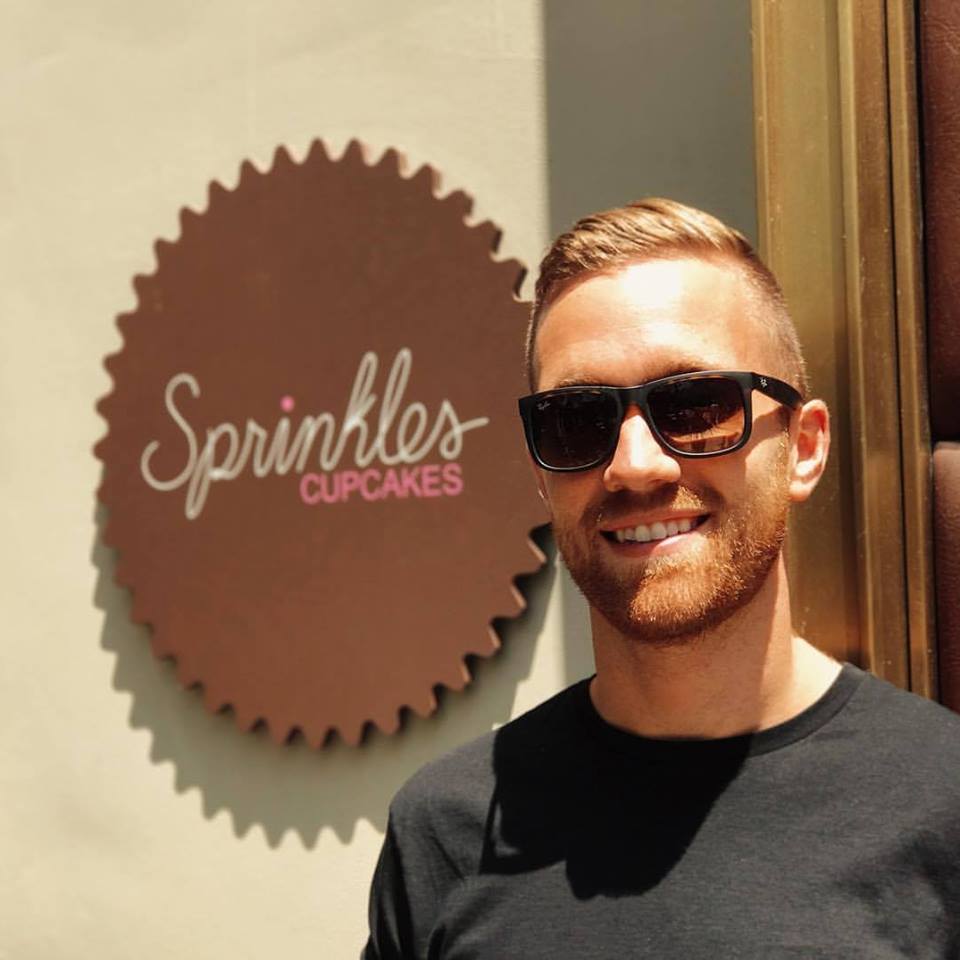
You attended the Masterclass#25, how was your experience at SOA?
I couldn’t recommend SOA enough. I was fortunate enough to travel there with my co-worker, Katrina Cristobal, and we enjoyed every second of the course. It was a pleasure to show up every day for a month and think about nothing other than learning and improving our craft and being surrounded with like minded people who were so encouraging made the whole experience so memorable. I wish I could go back every year!
Why did you decide to attend a SOA course?
As mentioned previously, I was given the opportunity through work as a means to bring back some extra knowledge to improve the overall quality of the work at our studio in Canada.
How did the course help you improve your skillset and quality of images?
The course helped me in many ways. Technically, I had never been trained in any of the techniques I was using to create images and so it was a huge confidence boost to finally understand the technicalities of the software and know how to troubleshoot any rendering issues that might arise. It gave me the base level knowledge that I was definitely missing before going. I think, however, the most important lesson I learned from my time at the course was that of image planning, and how everything that exists in an image needs to have a reason for being there. Before the course, I would throw myself into my work without thinking through each image completely. After the course, I couldn’t imagine working that way, every image I work on now has a story I’m trying to tell.
Is there any moment during your experience at SOA that you remember with a smile?
I remember the entire class laughing during our photography exercise when I was asked if I had been through any significant trauma in my life as all of my images were ‘very heavy, sad and depressing’. It is true, though, I can’t deny that! I do have a tendency to favor rainy/cloudy scenes over the more traditional sunny/happy scenes! I think it’s mostly because we rarely get the opportunity to render these in a professional setting so when I get some creative freedom, that’s where my mind instantly goes.
What were the biggest difficulties you faced at the beginning of your working experience? How did you handle and overcome them?
Definitely the fact that I had absolutely zero clue what I was doing. Literally zero clue. I had never even opened Max before my first day of work really. It was an incredibly stressful 6 months as I got to grips with the software, it was weeks before I realized you could merge things from one file into another, or even turn on snaps! I think in the long run it was good, though, because it meant I had no bad habits from the beginning, so everything I was learning from my coworkers was correct. I know for me personally, I was working a LOT of hours at the beginning, 12/13 hour days just to get better, rendering at the weekends also. I think most of my creative development was on personal projects where you have the time and freedom to experiment so I was advise all beginning artists to work on these whenever they get the chance.
Is there a work/ an image/ a project that you created which is most valuable to you? Why?
I think one of my most memorable images I ever created was the living room for a Loft I recreated from a set of photographs on ArchDaily. I set out with the intention of trying to get it as photo-real as possible, and it was the first time one of my renderings was ever mistaken for a photograph, which is always a nice feeling! Plus, it was rendered on a REALLY old computer which made it even more rewarding! This project was actually featured on SOA’s Work of the Week last year also. If I was to work on the image now, there are a lot of things I would change, but I think overall for the time in my career I was at, it was a huge milestone.
What do you do in your free time after work? Can you balance your working life and your private one?
If I say rendering, people won’t believe me! But it’s true…I really genuinely enjoy what I do for a living, so a lot of my free time I spend rendering 🙂 When I’m not rendering, I’m out exploring San Francisco with friends, eating out at new restaurants or taking road trips throughout California. I only moved here in December so there’s still so much to explore!
When it comes to balancing working and private life, I have a very strict policy that I like to adhere to. When i’m at work, I’m working, and when I’m at home, I try and switch off as much as possible. I know in our industry there’s a tendency to work very long hours and be available to clients 24/7, but I honestly think 8 hours a day is more than enough to spend working, and any work I produce after those hours is usually pretty poor quality anyway. Obviously, there are times when extra time is needed on a project but in general I think it’s a really good idea to stick to regular work hours -that way when you’re in the office you’re mentally and creatively present and you’re able to produce your best work! Might be a controversial comment but it’s worked well for me so far 🙂

 English
English
